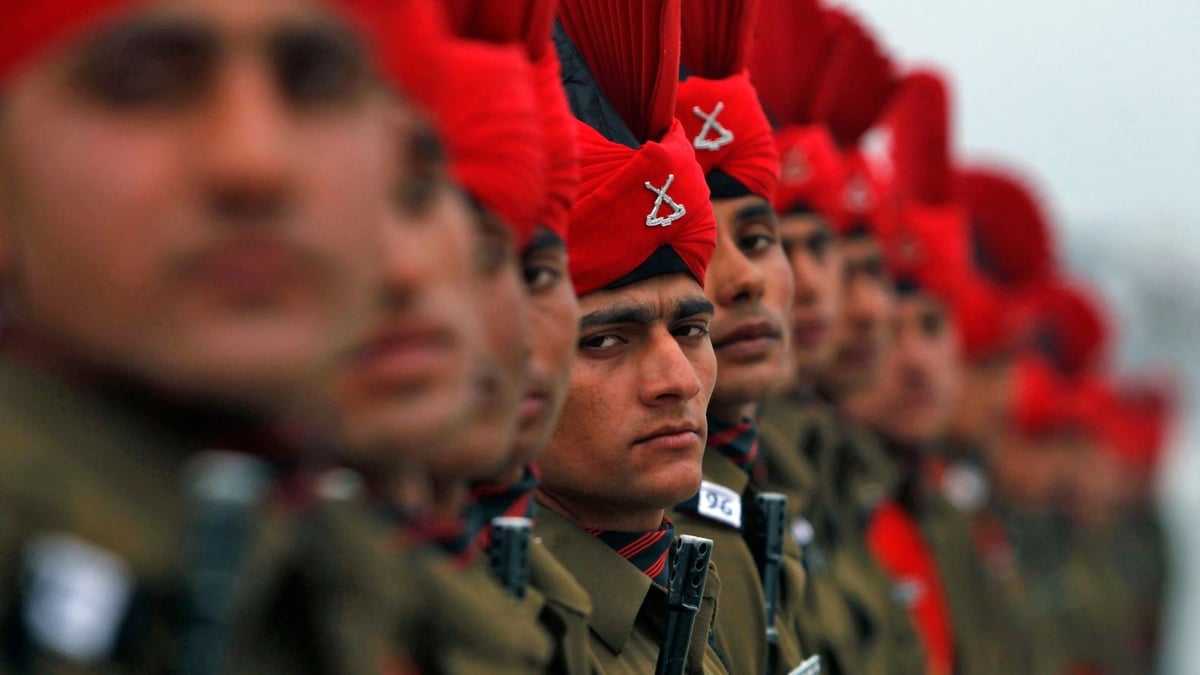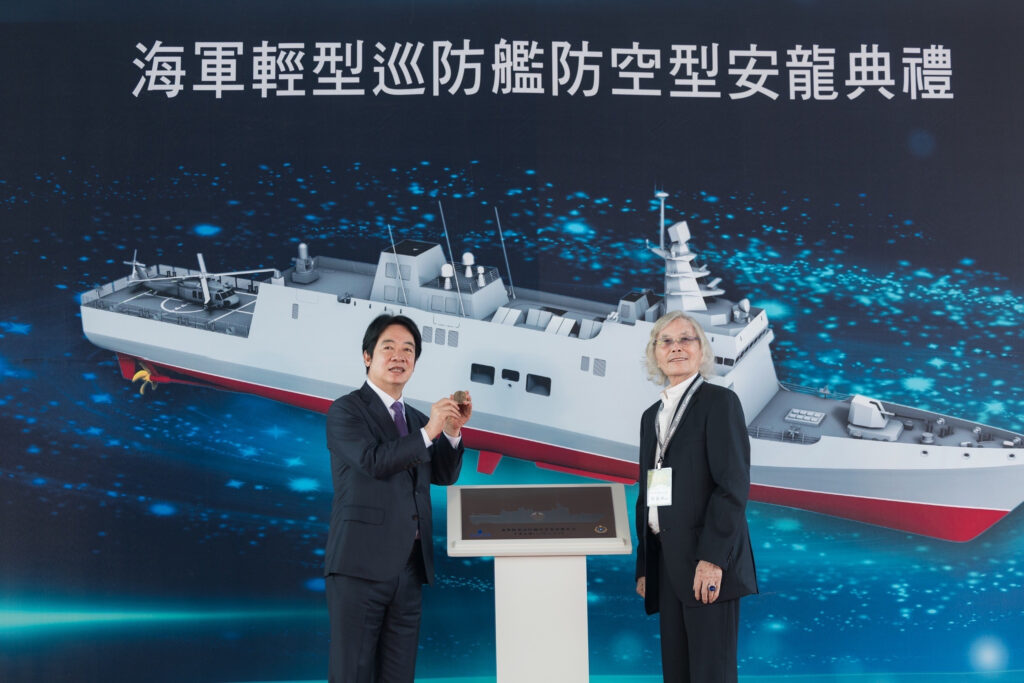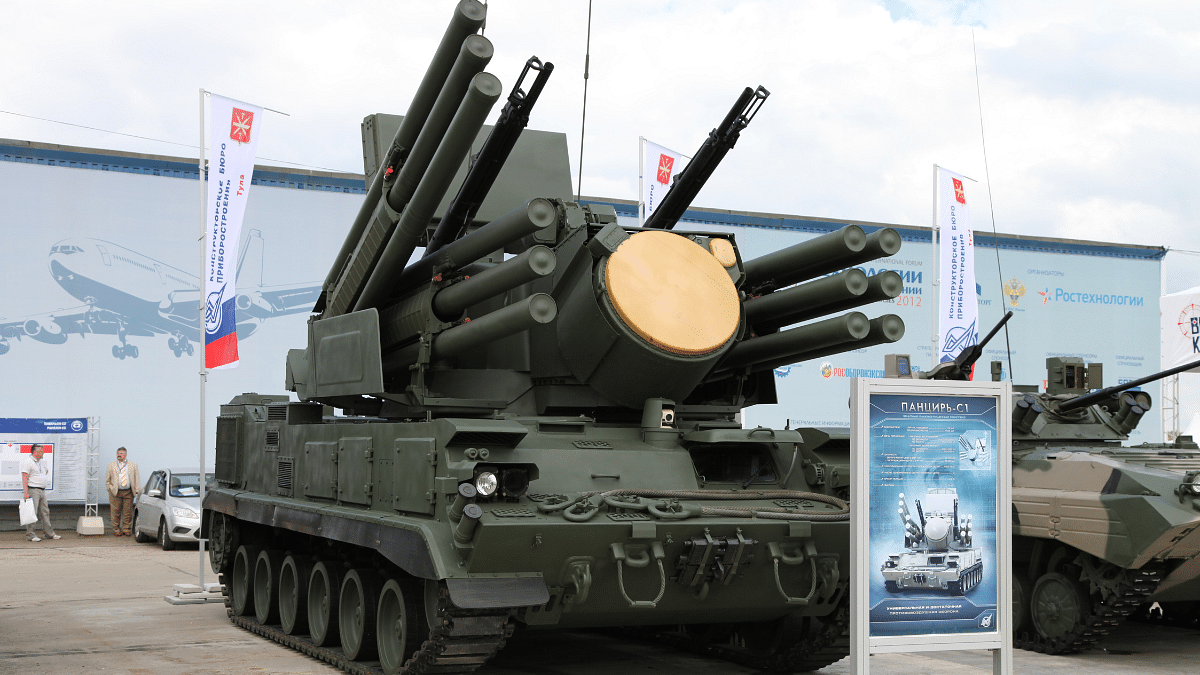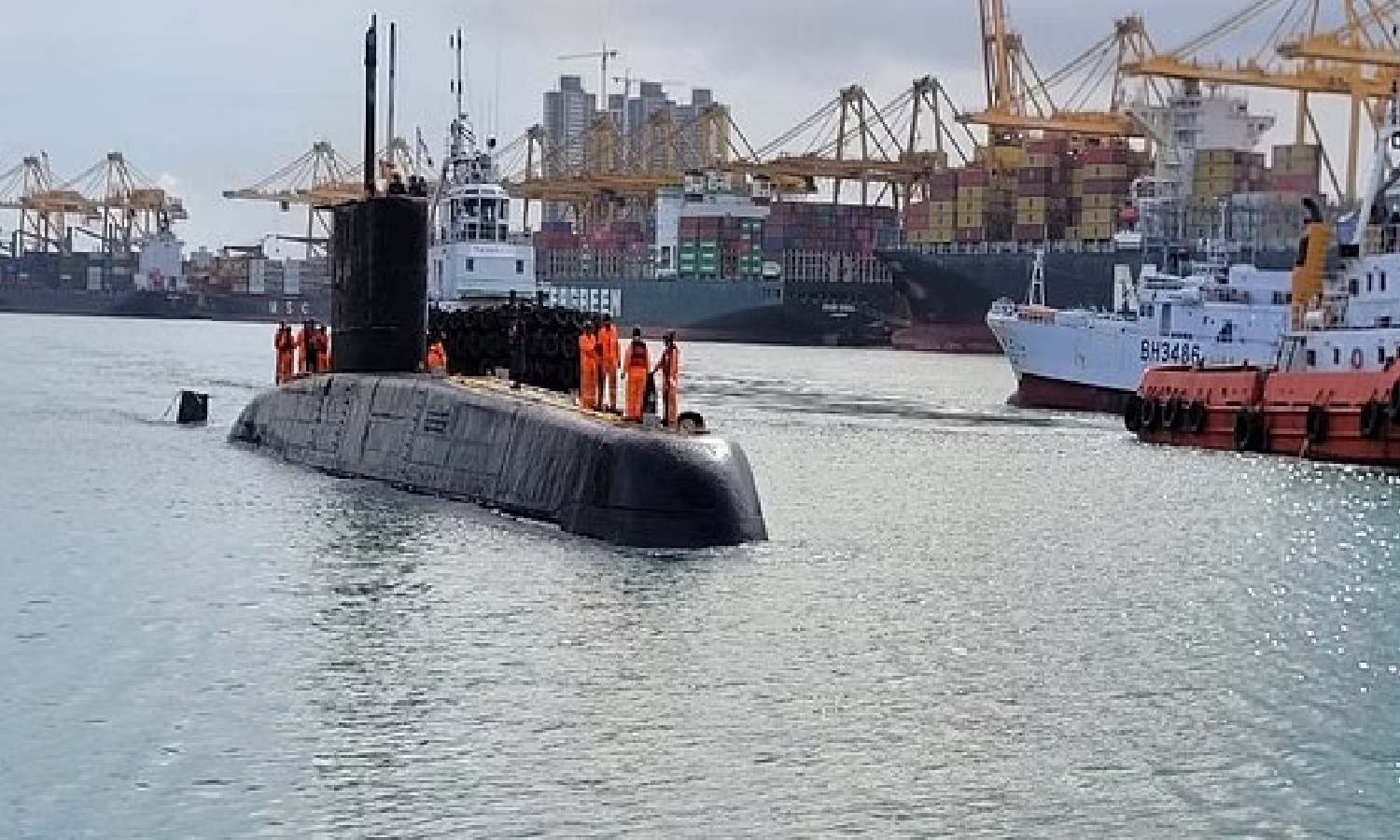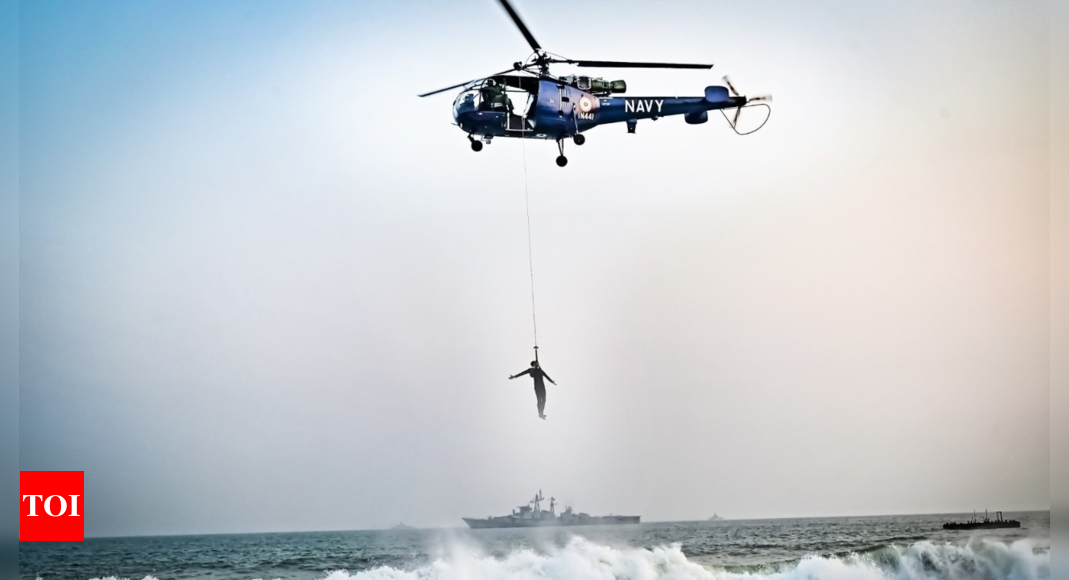Indian Army Announces 35th JAG Entry Scheme for Law Graduates, Application Deadline November 28, 2024
The Indian Army has officially notified the commencement of its 35th Judge Advocate General (JAG) Entry Scheme, slated to begin…
Indian Army Invites Applications for 35th Judge Advocate General Entry Scheme
The Indian Army has announced the commencement of its 35th Judge Advocate General (JAG) Entry Scheme, inviting applications from eligible…
Taiwan’s Jong Shyn Shipbuilding Group Lays Keel for New Light-Class Air Defense Frigate Prototype
In a significant advancement for Taiwan's naval capabilities, the Jong Shyn Shipbuilding Group has officially marked the beginning of its…
Russia Offers Latest Pantsir Air Defence System to India Amid CADET Development
In a significant move reflecting the enduring defense partnership between India and Russia, discussions are underway regarding the potential acquisition…
Indian Submarine INS Vela Arrives in Sri Lanka for Three-Day Visit
COLOMBO: The Indian submarine INS Vela has docked in Sri Lanka for a three-day visit, according to the Indian High…
Indian Navy Plans Operational Demonstration at Puri’s Blue Flag Beach on Navy Day
Kolkata: In a significant event celebrating India’s naval strength, the Indian Navy is set to conduct an "Operational Demonstration" at…

